Castelo dos Mouros (Castle of the Moors)
An ancient and majestic fortress that played an integral role in Portugal's road to independence.
In 1147, the Moorish forces in southwestern Iberia surrendered a key piece of defensive real estate to the Christian forces led by Afonso Henriques: Castelo dos Mouros, or Castle of the Moors.
Long considered siege-proof and undefeatable, the peaceful conquest of the defensive outpost by Henriques was one of the main turning points in the European’s efforts to remove the ruling North African Moors from the continent, and set Portugal on the road to its own independent history throughout the next near millennia.
Built some 300 years prior, the Castle of the Moors stood on one of the highest points in the area, safeguarding the important trade town of Sintra, and the largely agricultural region around it, from attack. After its capture by Portuguese forces, the fort remained a seat of power in the region for several hundred years before being partially abandoned and reinhabited by the local Jewish population. They were eventually forced out of the structure and it was completely abandoned by the early 16th century where it gradually fell into disrepair and decay through fire, earthquake, and general neglect.
In 1840, King Ferdinand II began repairs on the ancient fortress, as to add to the expanding palatial gardens of nearby Pena Palace. Walls and towers were restored and the surrounding hills were planted with trees, vines, and shrubs while paths and gardens were additionally incorporated into the renaissance styled romantic landscape that the King envisioned. Further restoration work continued into the mid-20th century and archeological digs began excavating ruins from the time of the mountain’s original owners, from 5,000 BC to today.
Today, the fortress is once again majestic in its stately splendor, impossible to miss from every angle in the magical and venerable town of Sintra. It is open nearly every day of the year for a small fee to visitors willing to explore the stabilized ruins and take in the jaw-dropping (and stomach-dropping) views of the region below. Cobblestone paths through enchanting mountain mist lined with moss covered boulders guide the way as plaques and guide posts inform tourists of the excavation work, original purposes of the remaining buildings, and insight into life within the castle walls.
Know Before You Go
Getting to the castle is easiest by the Sintra tourist bus 434, which begins running at 9:15am. A round trip ticket is €5.00. Personal drivers will also drive visitors up the mountain for a similar price.Walking to the fortress is a steep, but well-worth-it climb from Sintra through lush mossy forest and gardens that surround the structure. Entrance to the castle is open between 9:30-20:00 (summer season) or 10:00–18:00 (winter season). The last admission is 1 hour before the closing time and a typical visit lasts between 1 to 1.5 hours. The fee is €8.00/€6.50/€6.50 (Adult/Child/Senior).
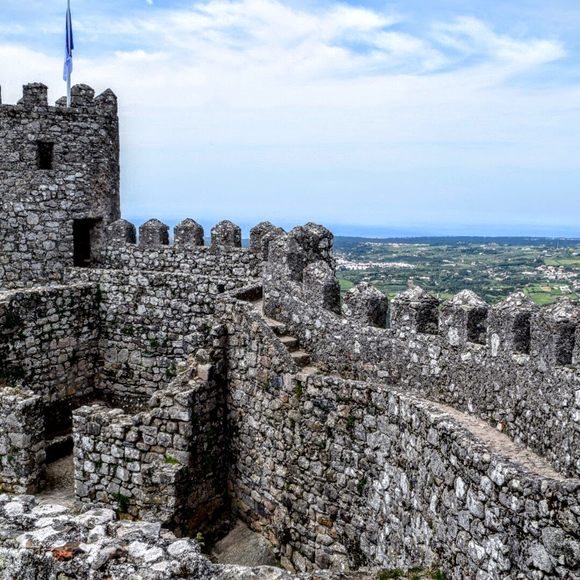

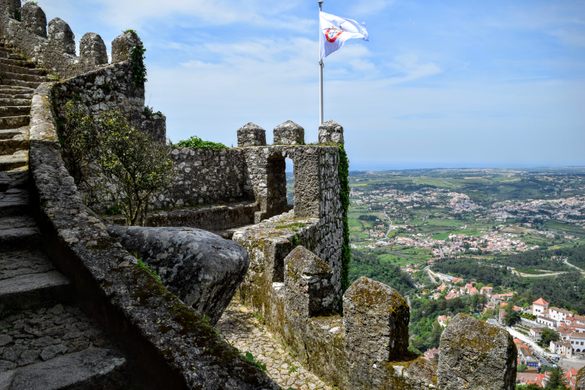
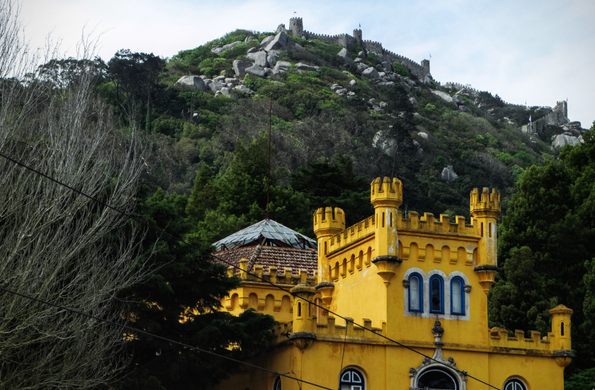
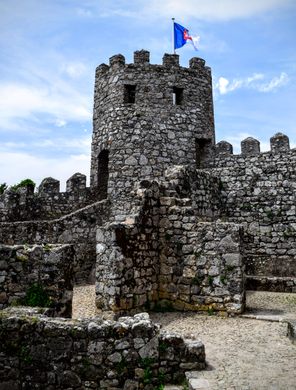









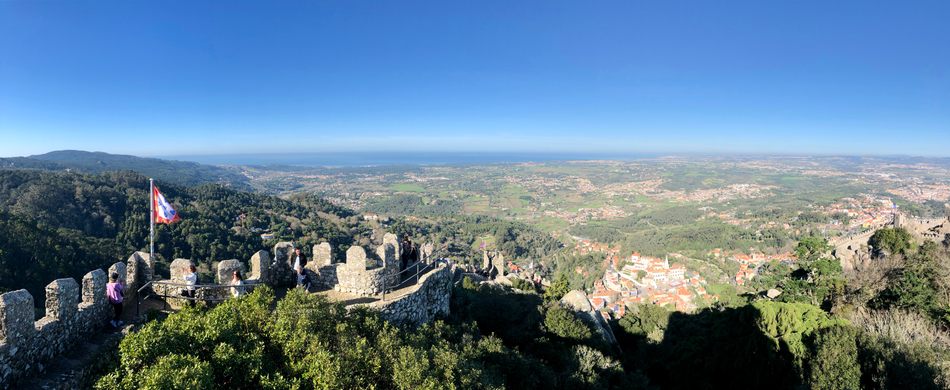
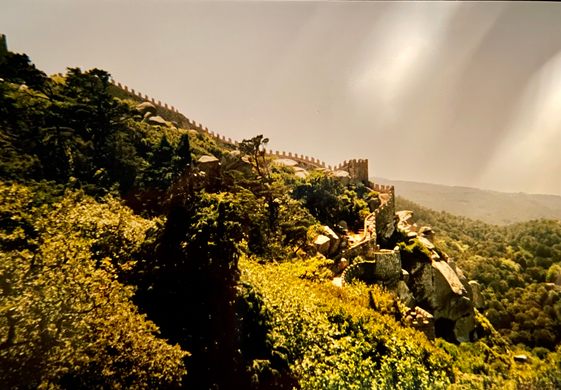
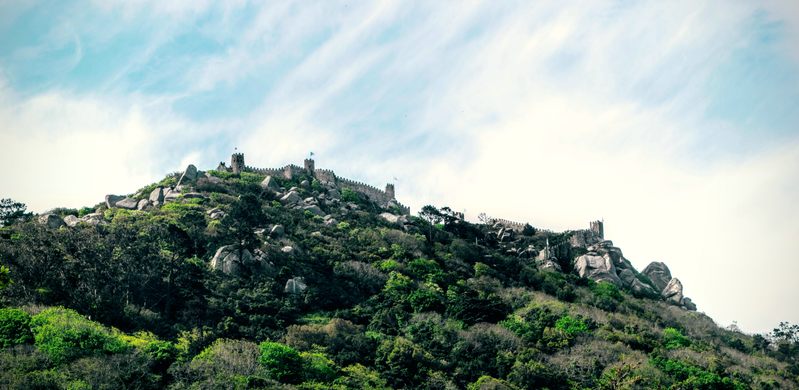
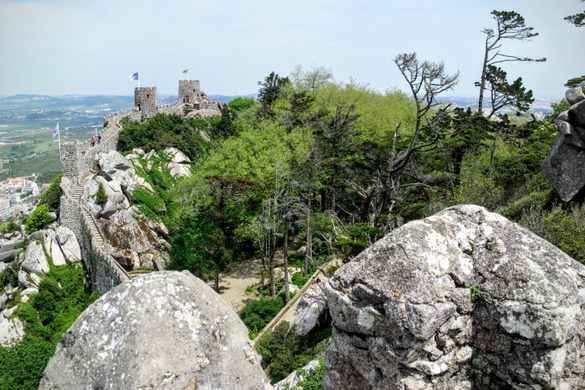






















Follow us on Twitter to get the latest on the world's hidden wonders.
Like us on Facebook to get the latest on the world's hidden wonders.
Follow us on Twitter Like us on Facebook